Hate Symbols
Some symbols may seem harmless, but they carry a hateful message. Here you’ll learn to recognize them and discover what lies behind them.
Visible and hidden forms of antisemitism
Antisemitic expressions are not always immediately recognizable. Some symbols or emojis may appear harmless, but in certain contexts they take on an antisemitic meaning. These hidden references are also known as “dog whistles.”In this overview, you’ll find both clearly antisemitic symbols, such as the swastika or the Hitler salute, and more subtle forms that can be antisemitic depending on how they are used. Together, they show how antisemitism can manifest itself both openly and subtly.
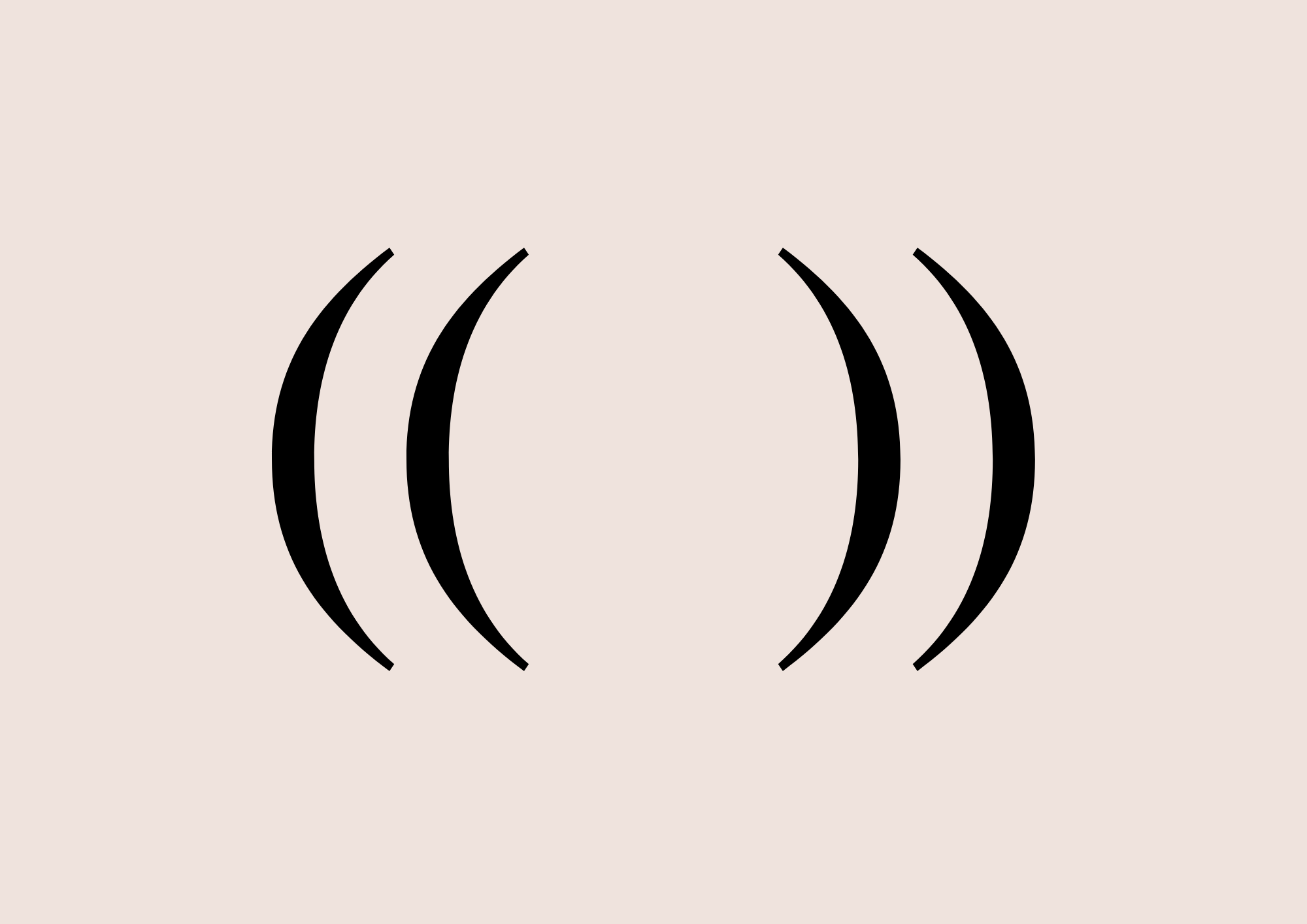
(( ))
The code (( )), also known as echo symbols, is used in far-right and neo-Nazi circles to mark Jewish or supposedly Jewish people and organizations. For example, ((Rothschild)). It functions as a kind of marker to single out Jews.
Lees meer +
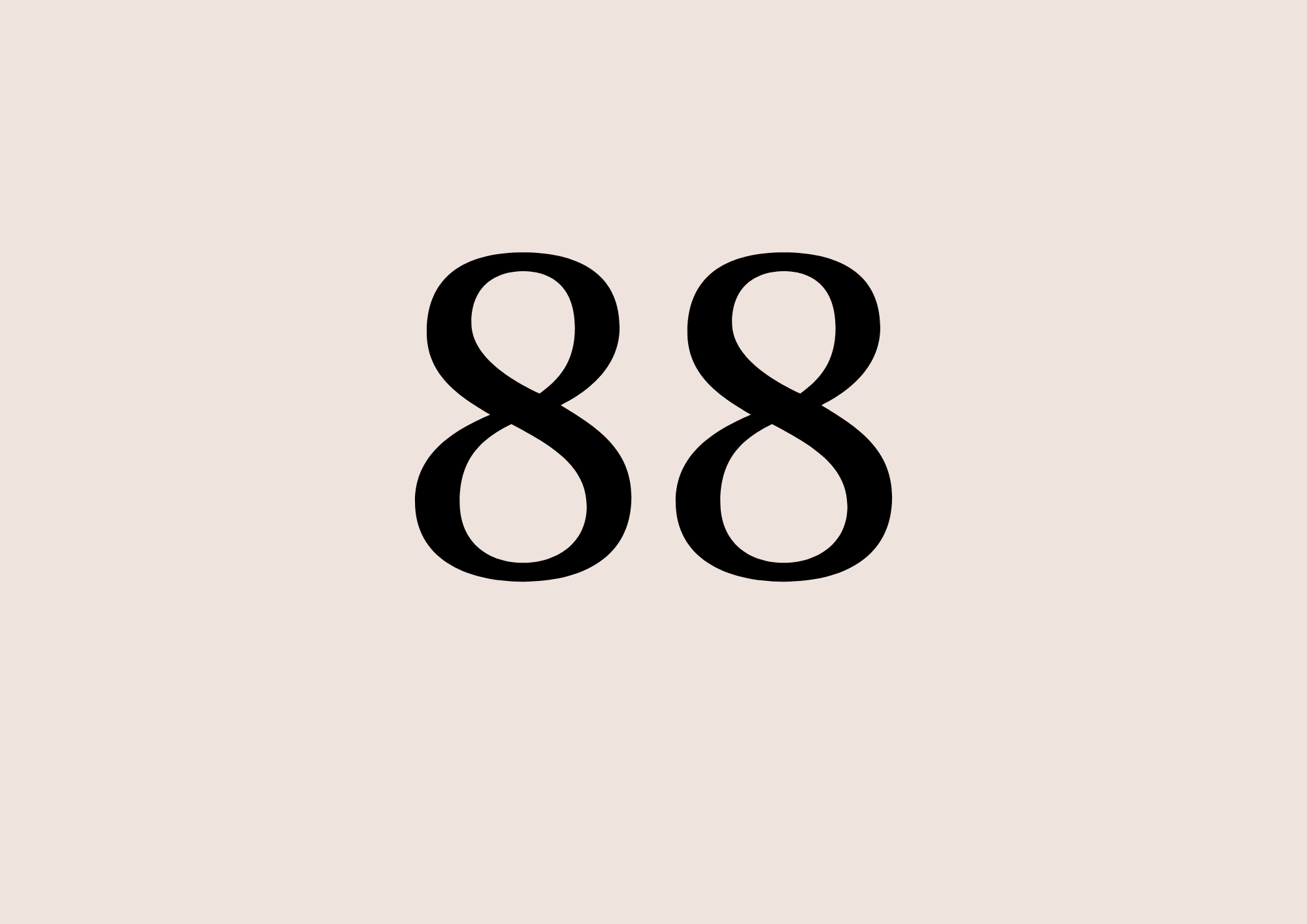
88
“88” is a numerical code for Heil Hitler. The letter H is the eighth in the alphabet, so 88 stands for HH = Heil Hitler.
Lees meer +
.png)
Juice emoji
The fruit juice emoji is used as coded language to refer to Jewish people. The English word “juice” sounds very similar to “Jews.” It’s an innocent-looking symbol that most outsiders would not immediately associate with this meaning. The emoji is used to disguise antisemitic content or to evade AI moderation systems that filter for hate speech.
Lees meer +
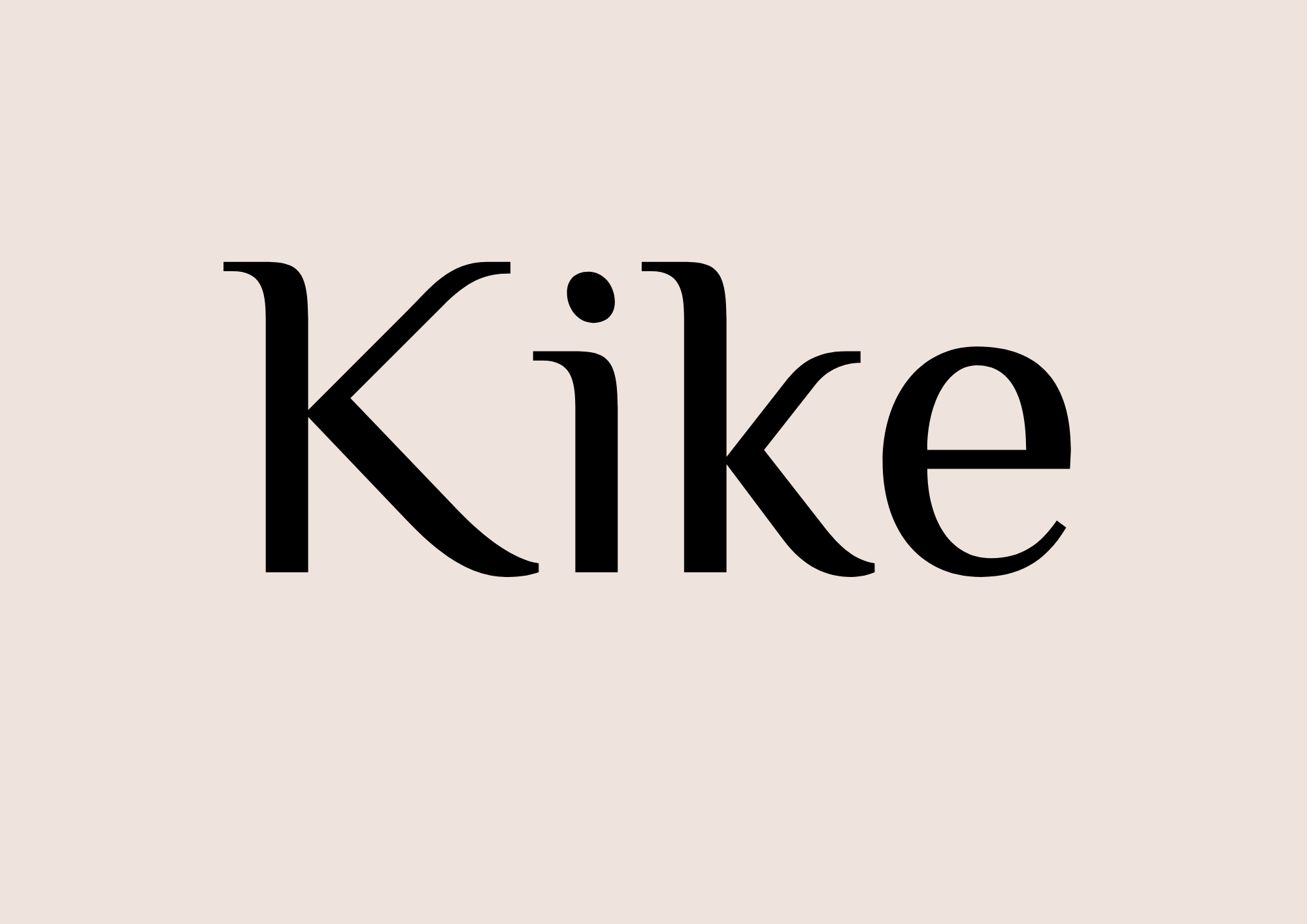
Kike
The word “kike” is an antisemitic slur used in English to refer to Jewish people in a derogatory and offensive way.
Lees meer +
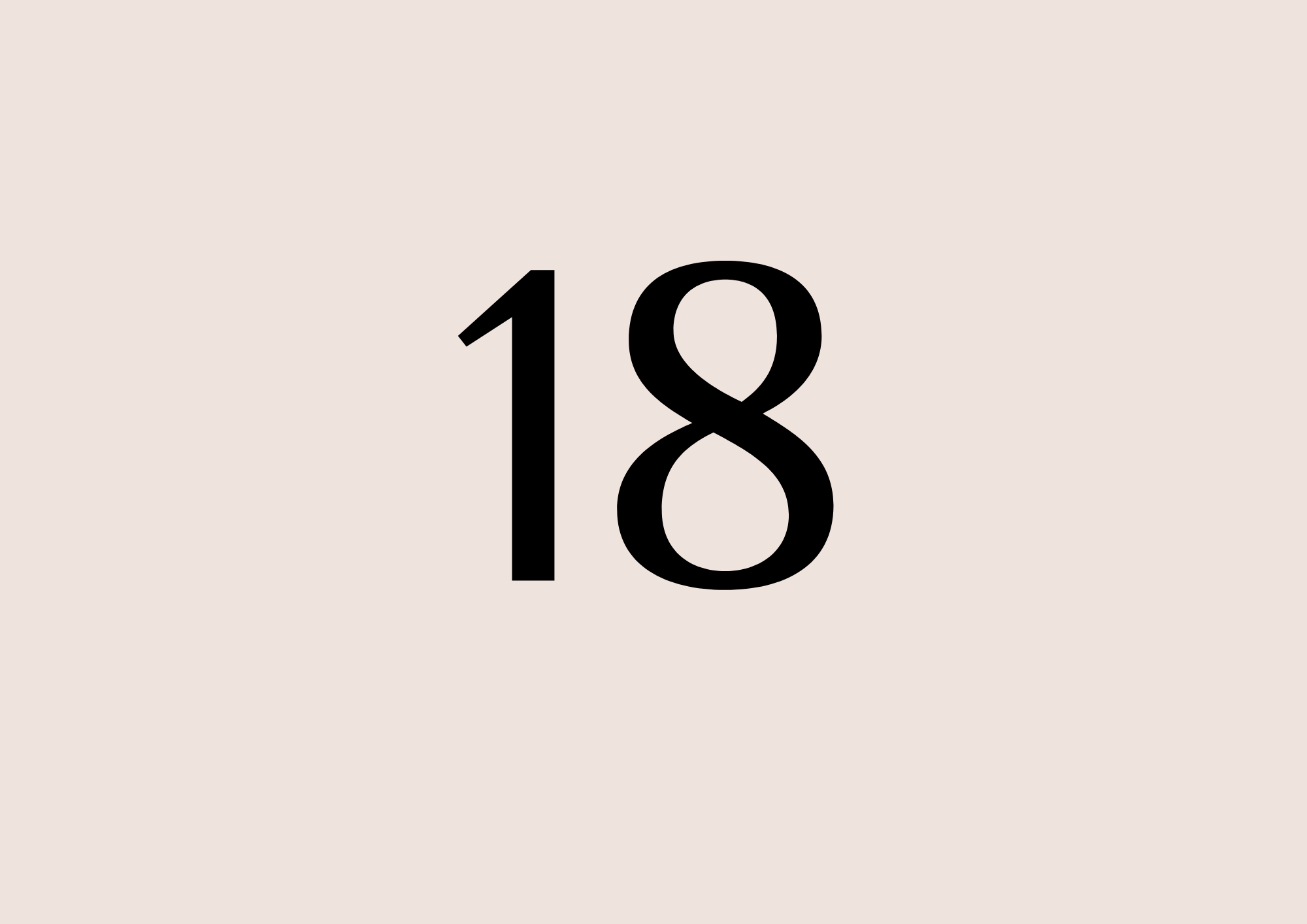
18
“18” is a numerical code for Adolf Hitler. The letter A is the first in the alphabet and H is the eighth, so 18 stands for AH = Adolf Hitler.
Lees meer +

Puppet Master
The term “puppet master” is used in an antisemitic way to depict Jewish people as manipulative figures who “pull the strings” or “hold the power.” It refers to old conspiracy theories about Jewish control over politics, media, and banks, originating from antisemitic propaganda such as The Protocols of the Elders of Zion.
Lees meer +

Rat emoji
The rat emoji is used online to refer to Jewish people in an insulting way. The rat references Nazi propaganda that depicted Jews as vermin or as a source of contamination, such as in the film The Eternal Jew (Der Ewige Jude).
Lees meer +
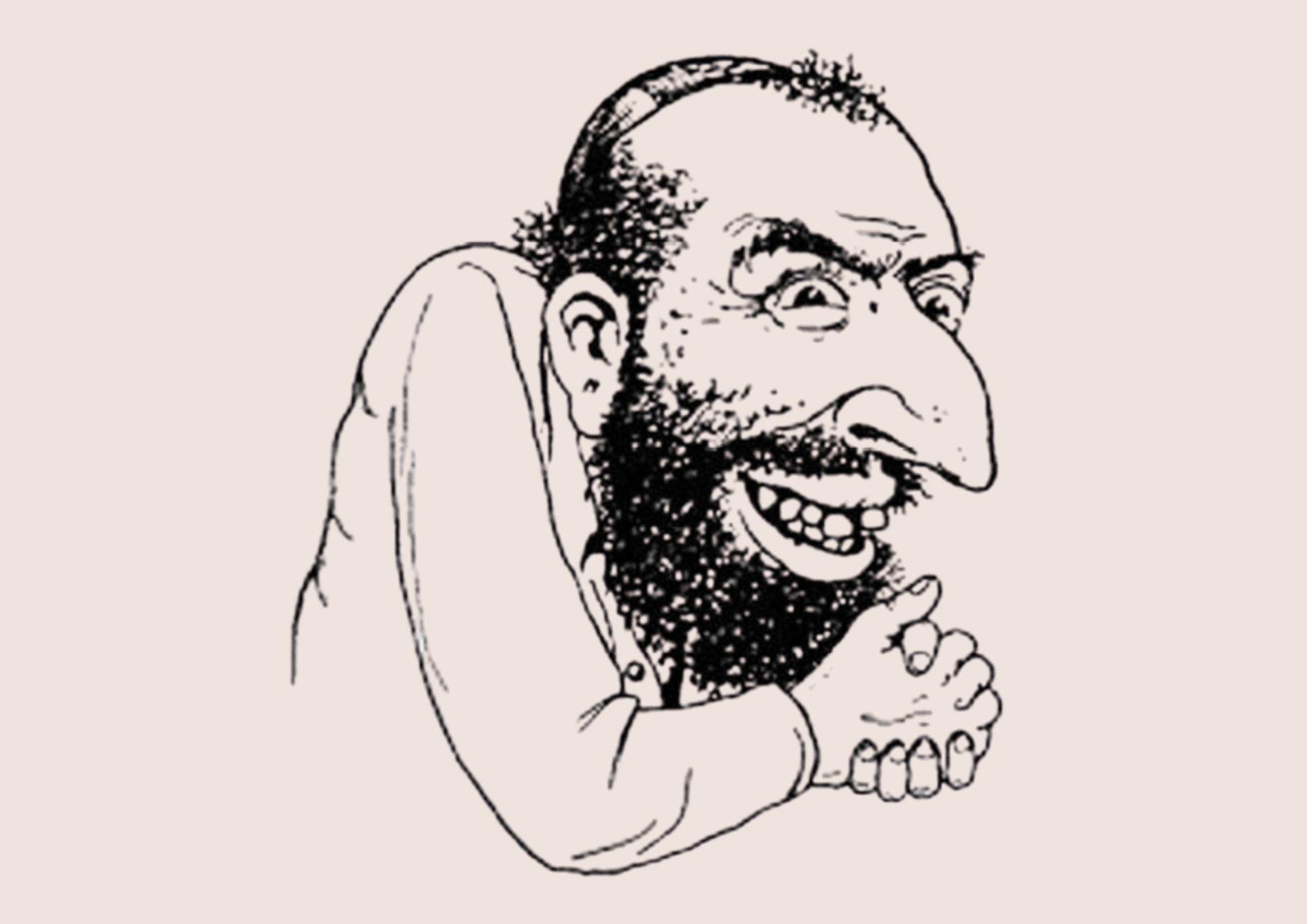
The Happy Merchant
The “Happy Merchant” is an antisemitic internet meme depicting a caricature of a Jewish man with a hooked nose and a grin, based on Nazi and 19th-century propaganda (such as Der Ewige Jude). The image portrays Jews as greedy or manipulative, echoing old conspiracy theories that Jews are money-hungry or controlling. It is often used to promote conspiracies about so-called “Jewish power.”
Lees meer +

Swastika
Although the swastika is an ancient symbol, the tilted version is now primarily associated with the Nazis, who used that angled form as their emblem.
Lees meer +
.png)
Nazi salute
The Hitler salute was a greeting used in Nazi Germany, in which people raised their right arm straight up and said “Heil Hitler.” It was a sign of loyalty to Adolf Hitler and the Nazi regime, which was responsible for the Holocaust and the persecution of millions of Jews. Today, the salute is considered antisemitic and hateful, as it symbolizes Nazism, anti-Jewish hatred, and racist ideologies.
Lees meer +

Nose emoji
The nose emoji is used in antisemitic contexts to refer to the stereotype of Jews having a large “hooked nose.” It serves as a coded way to mock or identify Jews without using explicit language, drawing on old antisemitic caricatures and Nazi imagery.
Lees meer +

ZOG
The term ZOG, Zionist Occupied Government, is used in antisemitic conspiracy theories claiming that governments are secretly controlled by Jews or “Zionists.” It originated in white supremacist and neo-Nazi circles and is used to suggest that Jews manipulate politics, media, and global institutions.
Lees meer +
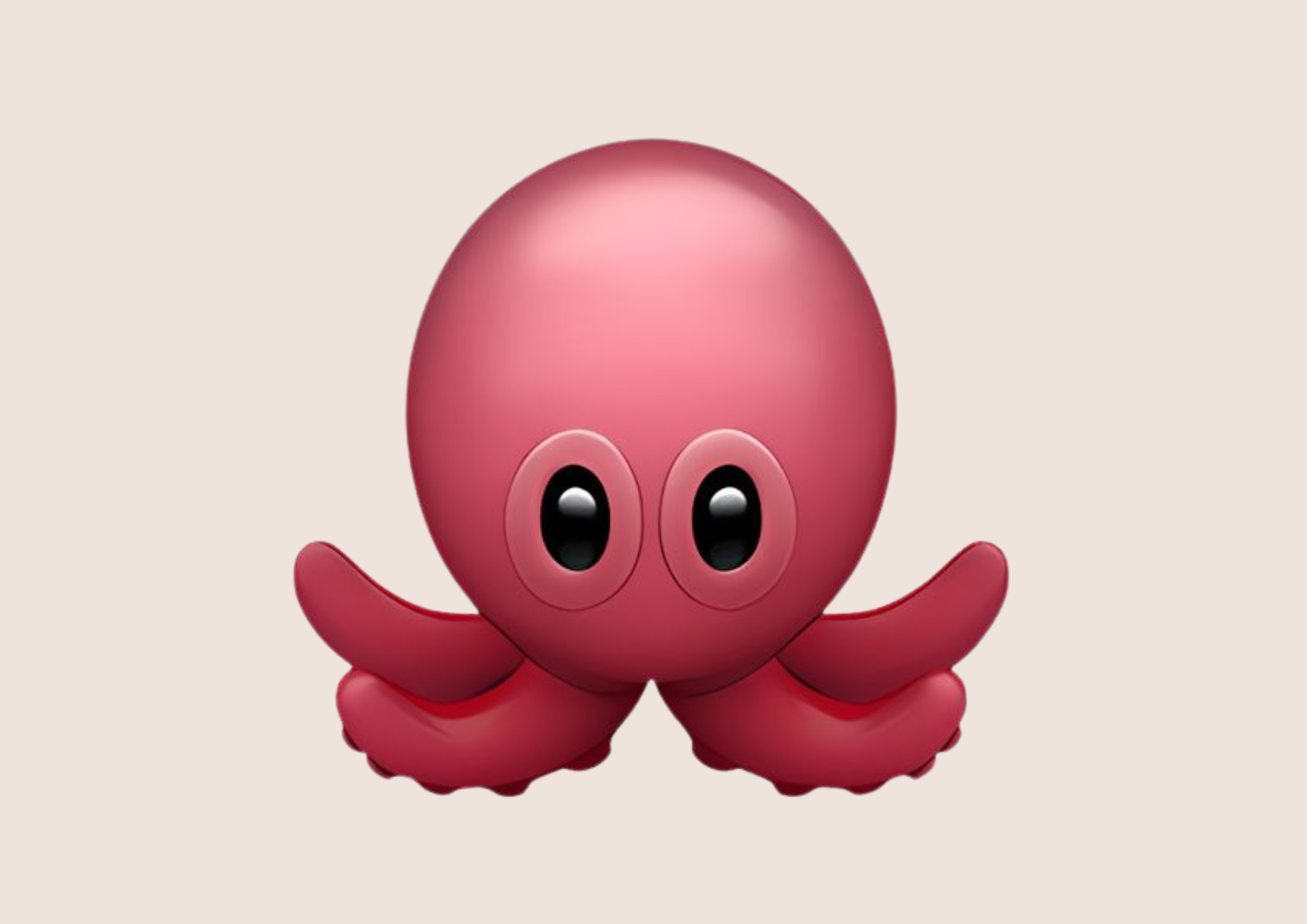
Octopus emoji
The octopus emoji is used in antisemitic conspiracy theories as a symbol of supposed “Jewish power” extending across the world. The tentacles represent alleged Jewish control over politics, media, or the economy. An image that originates from old antisemitic propaganda and Nazi cartoons.
Lees meer +

109
The number 109 is used in antisemitic conspiracy theories claiming that Jews have been “expelled from 109 countries.” This myth is used to stigmatize Jews collectively as a “problematic people” and to falsely portray them as responsible for historical conflicts or persecution. The number is often used in neo-Nazi and far-right online spaces as a coded way to express antisemitism.
Lees meer +

